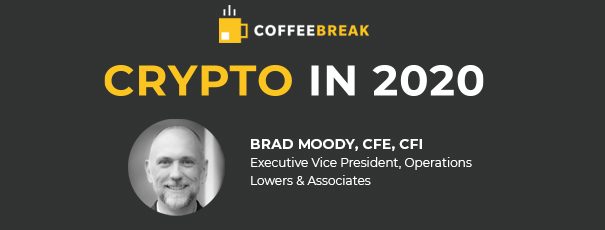Understanding COVID’s Impact on Cryptocurrency Storage & Security

Cryptocurrency, a form of digital payment that can be spent or traded online for goods and services, is still a relatively new concept. As such, it’s perceived value as both a medium for financial exchange and a potential investment changes frequently. But with the often-astounding value a single token or cryptocurrency exchange can have, keeping cryptocurrency secure remains a static concern for security professionals monitoring its maturation.
For most traditional businesses, the COVID pandemic has impacted operations significantly, the most relevant example in the crypto discussion being banks and other financial institutions. However, we’ve also seen online and ecommerce businesses like Amazon benefit greatly. Crypto occupies a unique place in the economy because, while a digital currency, its handling often remains a protected physical asset.
During COVID, our team has seen an increase in marketplace awareness about Crypto. And while the data is still murky on an increase in usage, every security professional is acutely aware that with an increase in awareness comes an increase in the potential for theft or fraud. We had a chance to speak with Brad Moody, Executive Vice President of Operations for Lowers & Associates, about the current state of Crypto in 2020, including how companies are securing Crypto exchanges during COVID, the adaptations they’ve made, as well as some current trends.
“Interesting enough, there’s a growing appetite for the working from home aspect,” he said. “Normally, it’s almost like a boiler room type of thing, but now these companies are trying to get out of real estate to be very minimal while also still be able to perform the same transactions at a very high level maintaining security. We’re starting to see that quite a bit. When you start with a highly secure location, though, what happens when that goes away?”
In today’s Coffee Break, Brad explains why it’s important to understand what companies can do to maintain that integrity from the outside in.
